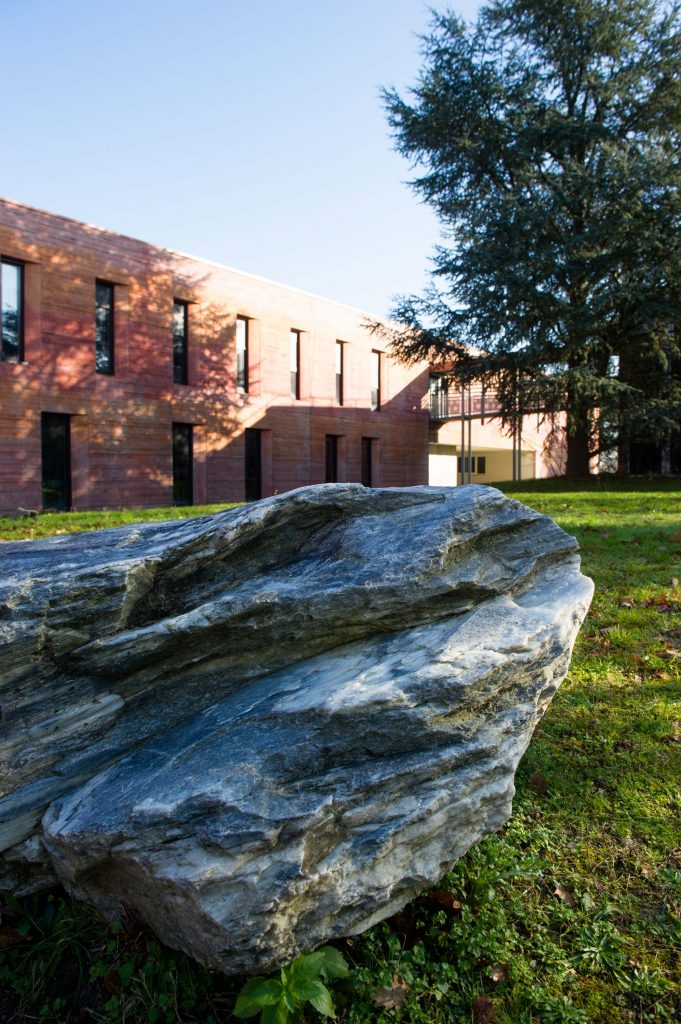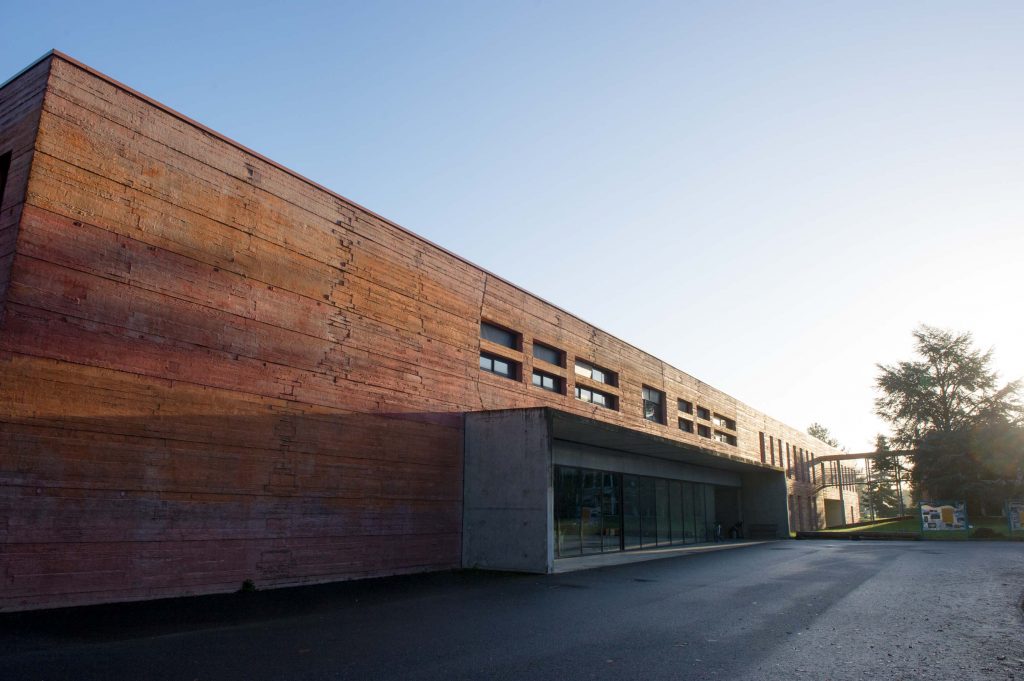The Institute of Earth Sciences in Orléans is a joint research unit (UMR) comprising members of the University of Orléans (UO), the CNRS, and the BRGM. It is part of the Observatory of Sciences of the Universe in the Région Centre (OSUC), a federal organization.

ISTO was created in January 2000, recombining a CNRS unit in experimental petrology (UPR 4201, Center for Research on Synthesis and Chemistry of Minerals) and UMRs in geodynamics (UMR 6530, Geotectonics, Geophysics and Metallogeny) and organic matter (UMR 6531, Sedimentation and Diagenesis of Organic Matter). ISTO (UMR 6113) thereby formed a multi disciplinary research entity, bringing together units of the UO and the CNRS, encompassing research areas and approaches ranging from the deep Earth to the Environment.
During 2008-2011, a research team in surface geology (GéHAC, now GéHCO) from Tours joined the structure, which created a close link between two universities and the CNRS. In 2008, the department of the Loiret and the Région Centre completed the construction of a university building (2225 m²) connected to the existing CNRS building (1808 m²). This addition has brought research members and students in Earth Sciences into close contact, fostering daily exchange and a continuum between research and university education.
In the following period (2012-2017), efforts focused on deepening the local collaborations. The BRGM joined ISTO (which formed UMR 7327), while the research group from the University of Tours departed. 2012 also saw the creation of the Observatory of Sciences of the Universe in the Center Région (OSUC), associating ISTO with the LPC2E (UMR 7328, UO-CNRS) and the Nançay Radio Astronomy Station (UMS Observatoire Paris-CNRS-UO). OSUC is affiliated with the UO, offering a Master's degree in Earth Sciences, which is taught by ISTO’s faculty members and researchers.
Excellent synergies were created during these years, which allowed ISTO to lead two major projects at Investissements d'Avenir (IA): the LabEx VOLTAIRE (2011-2019), concerning the transfer and the reactivity of fluids from the deep crust to the atmosphere, and the EquipEx PLANEX (2012-2019), a platform for in situ analyses of geomaterials at high pressure and temperature. The institute also successfully participated in an IA-IEED consortium (institute for excellence for low-carbon energies), which has since become a group of scientific interest (GIS): GEODENERGIES (2015-2020), led by the BRGM, on the use of subsoil for energy transition. ISTO was also instrumental in the IA-IDEFI (institute for excellence in education) EDIFICE (2012-2019), led by the UO, in innovating pedagogical approaches for bridging high school-university education. ISTO has actively participated in setting up the PIVOTS program, led by the BRGM, which was funded by the Region Centre as part of its Ambition Research Development 2020 program. This project (2015-2021) is devoted to environmental monitoring and development. ISTO is leading two of the six platforms, pertaining to the deep unsaturated zone of polluted soils and Earth’s ground-atmosphere interface.
Today, the scientific mission and outreach of the Institute's three supervisory authorities are steadily growing. ISTO commences its mandate with over one hundred and twenty active members, including eleven CNRS researchers, a physicist-assistant CNAP, twenty-nine (assistant, associate, full) professors from the University of Orléans, six BRGM researchers, nineteen engineers, technicians and administrative staff of the CNRS and the UO, as well as some forty doctoral students, ten post-docs and two to four non-permanent engineers.



